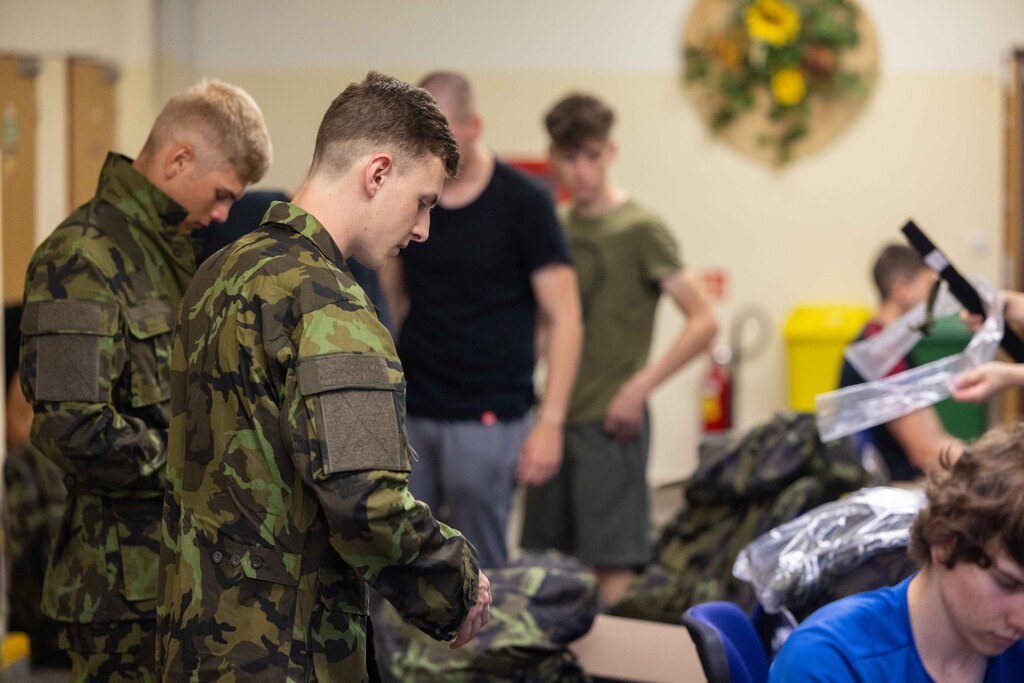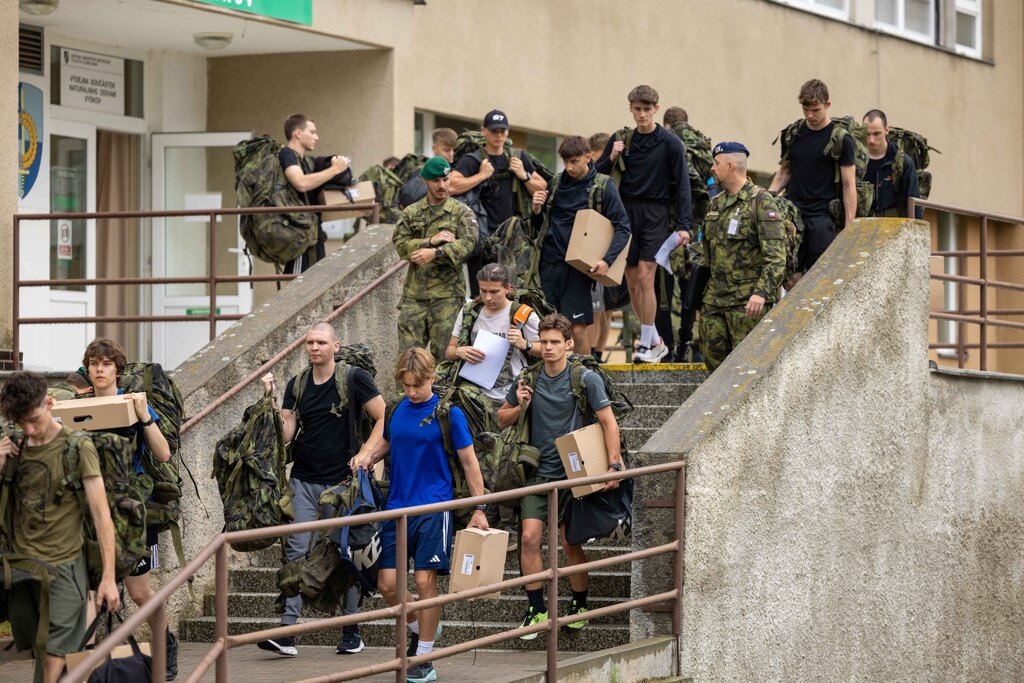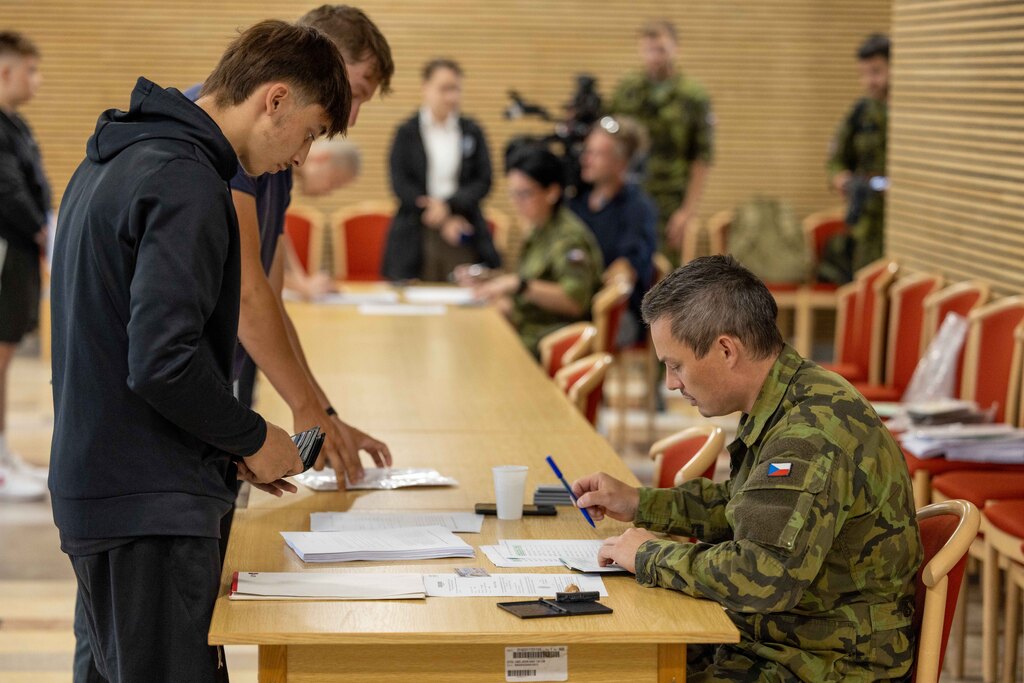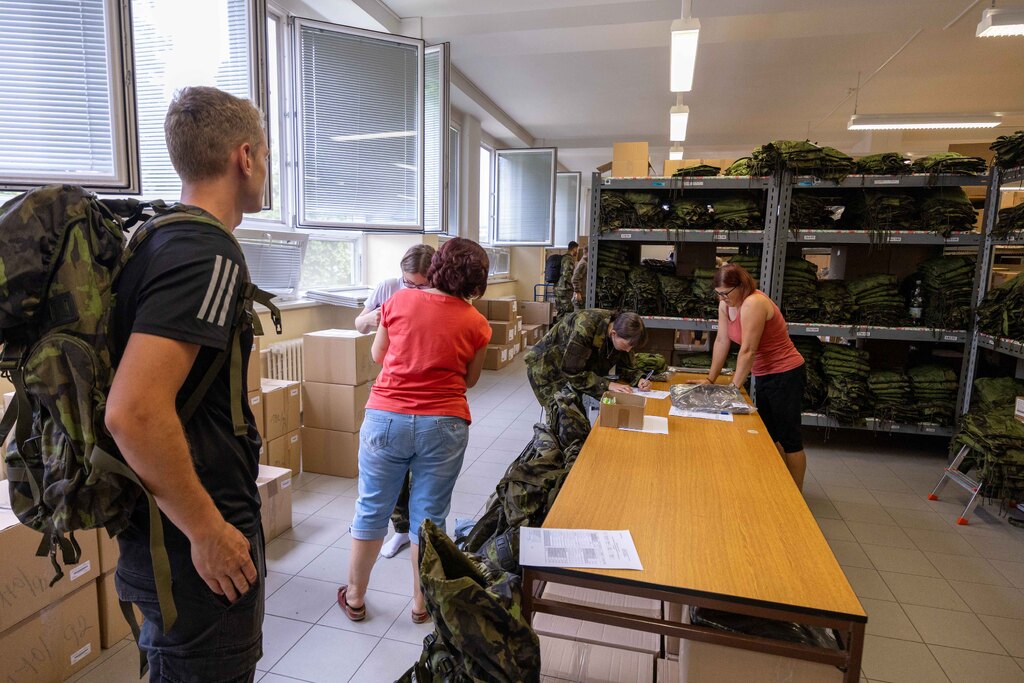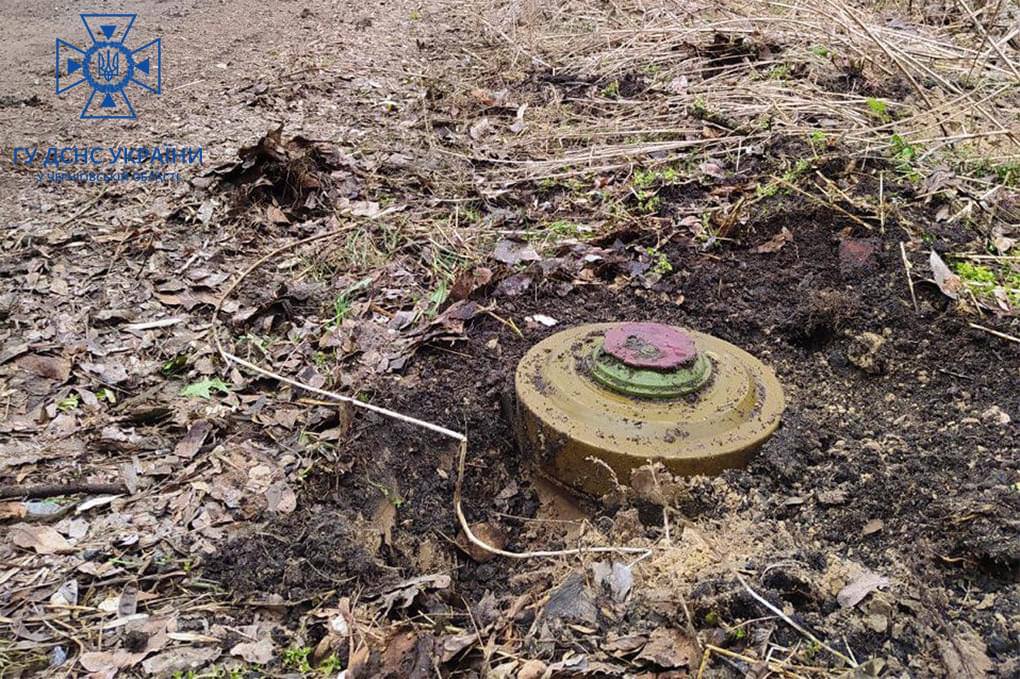
Lithuania and Finland are preparing to begin domestic production of anti-personnel landmines next year to supply themselves and Ukraine, according to officials from both NATO member states who spoke to Reuters.
The countries are ready to begin manufacturing once their six-month withdrawal from the Ottawa Convention is complete.
The Ottawa Convention banned anti-personnel landmines worldwide. Since 1999, it has drawn 164 countries committed to destroying their mine stockpiles and clearing contaminated land, as mines can cause severe injuries and deaths among civilians. But here’s the problem: Russia, China, and the United States never signed on. Neither did India or Pakistan. The world’s major military powers kept their mines.
This decision reflects growing European concerns that Russia’s military ambitions may extend beyond Ukraine. Recently, NATO states have pledged to increase defense spending up to 5% in line with demands from US President Donald Trump.
Lithuania shares 274 kilometers (170 miles) of border with Russia and 679 kilometers (421 miles) with Belarus, a key Kremlin’s ally, so they are concerned about the country’s security amid continued Russia’s aggression in Ukraine.
“We are going to spend hundreds of millions of euros on anti-tank mines, but also on anti-personnel mines. It will be a significant amount,” Lithuanian Deputy Defense Minister Karolis Aleksa told Reuters. How many? Tens of thousands, possibly more.
Can they actually produce them? “Our national industry will be one of the sources. Our industry can make these,” Aleksa said.
Helsinki had more than 1 million anti-personnel landmines before joining the Ottawa Convention in 2011. They destroyed them all, following the rules. Now they’re rebuilding that capability as Finland’s border with Russia stretches 1,340 kilometers (832 miles)—longer than any other NATO state.
Both countries have concluded the same thing: when your neighbor stockpiles weapons banned by treaties they never signed, you need every defensive option available.
Other Eastern European countries consider mines production amid Russia’s threat
Three additional NATO and European Union states – Poland, Latvia and Estonia – are also exiting the treaty, citing heightened security concerns about Russia due to its war in Ukraine. While these three countries have not announced production plans, officials in Poland and Latvia indicated they could begin manufacturing quickly if necessary, and Estonia views it as a future possibility.
All five NATO countries say they won’t create minefields during peacetime. Instead, they’ll store the mines for rapid deployment if threatened. Poland has already designated zones that could be mined within days as part of future military fortifications along its eastern frontier.
Ukraine has similarly announced its withdrawal from the 1997 Ottawa treaty to better defend against Russia, which is not a party to the agreement.
This decision comes after nearly two decades of compliance since Ukraine joined the treaty in 2005, but the full-scale Russian invasion and Russia’s ongoing use of mines have forced Ukraine to reconsider its position.
Explore further
Ukraine exits global mine ban for self-defense reasons as Russia ignores international law
The Ukrainian government argues that the treaty unfairly restricts its right to self-defense under the UN Charter, especially as Russia cynically employs mines and other weapons without regard for international law.
Lithuania and Finland plan to supply Ukraine with mines
Vincas Jurgutis, head of Lithuania’s defense industry association, said once production is established, Lithuania would be positioned to supply others including Ukraine.
Finland could also supply landmines to Ukraine, Finnish parliament defence committee chair Heikki Autto said. “It is not only right and our duty to support Ukraine, it is also important for Finland’s own security.”
But here’s the humanitarian concern: Anti-personnel mines detonate when triggered by contact, vibration or tripwires, and can harm civilians as well as combatants. Many remain in the ground long after conflicts conclude.
Anti-mine campaigners have criticized the countries leaving the Ottawa Convention, arguing that reintroducing anti-personnel mine production could be expensive and time-consuming to make fully operational.
Russia’s ambassador to Helsinki said in April that Finland’s decision to quit the Ottawa treaty would create risks only for Finnish residents since its military planned to mine only Finnish territory.
The countries’ governments, however, say any minefields must be marked for post-conflict clearance and regard such munitions as deterrence. “When we have them in storage, that is the best guarantee that they will never have to be used,” Autto said.
You could close this page. Or you could join our community and help us produce more materials like this.
We keep our reporting open and accessible to everyone because we believe in the power of free information. This is why our small, cost-effective team depends on the support of readers like you to bring deliver timely news, quality analysis, and on-the-ground reports about Russia's war against Ukraine and Ukraine's struggle to build a democratic society.
Become a patron or see other ways to
support.
